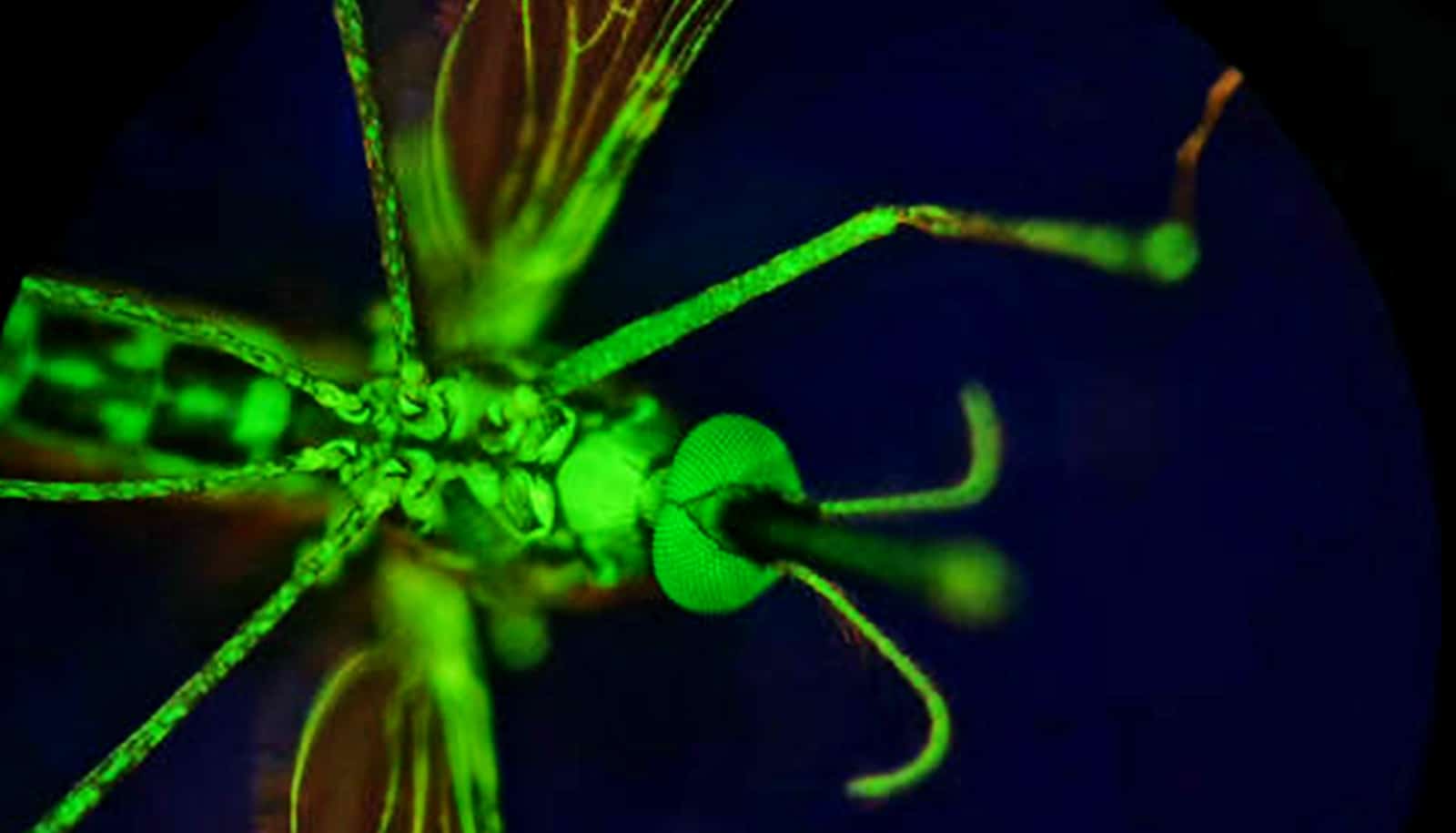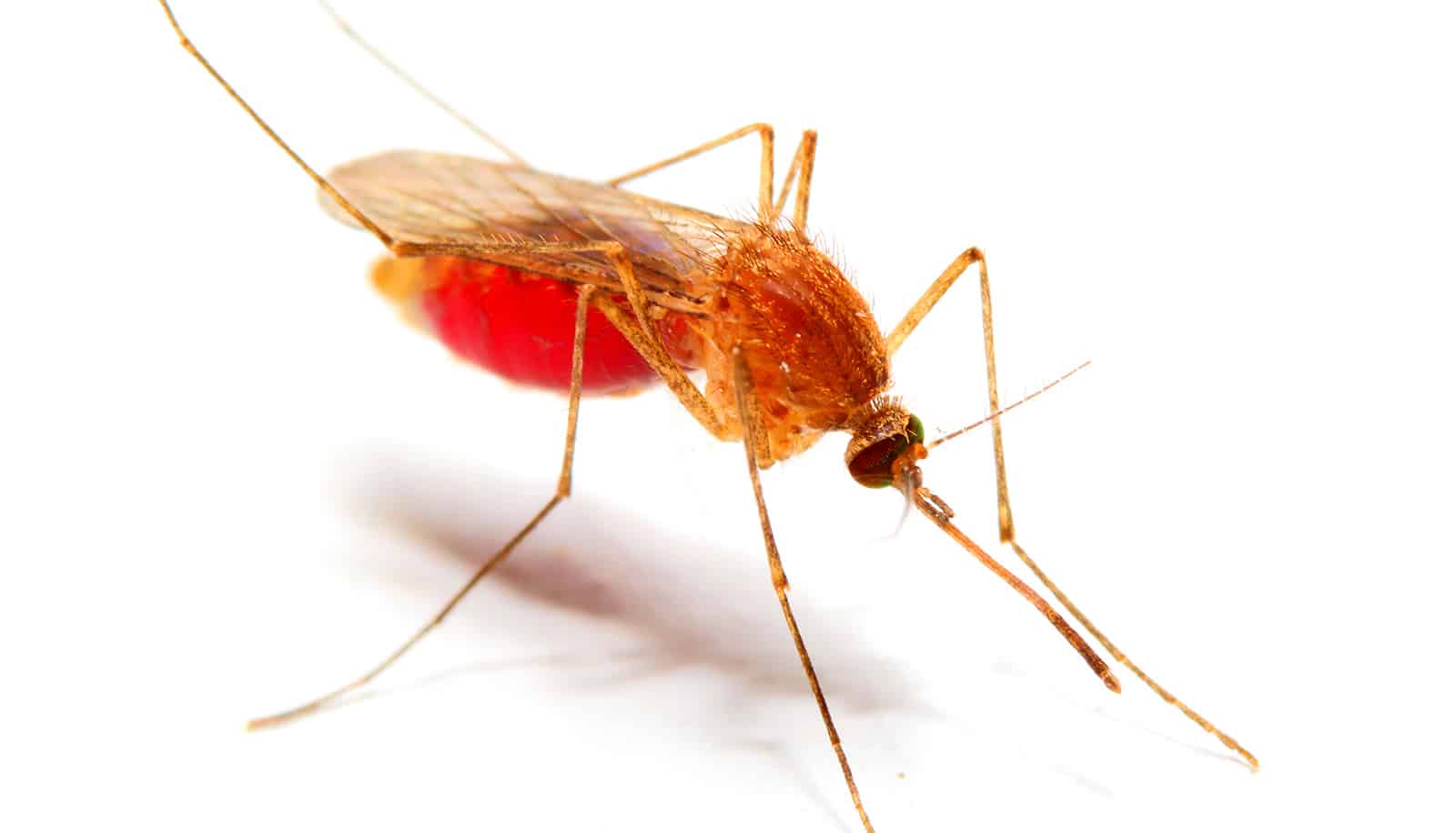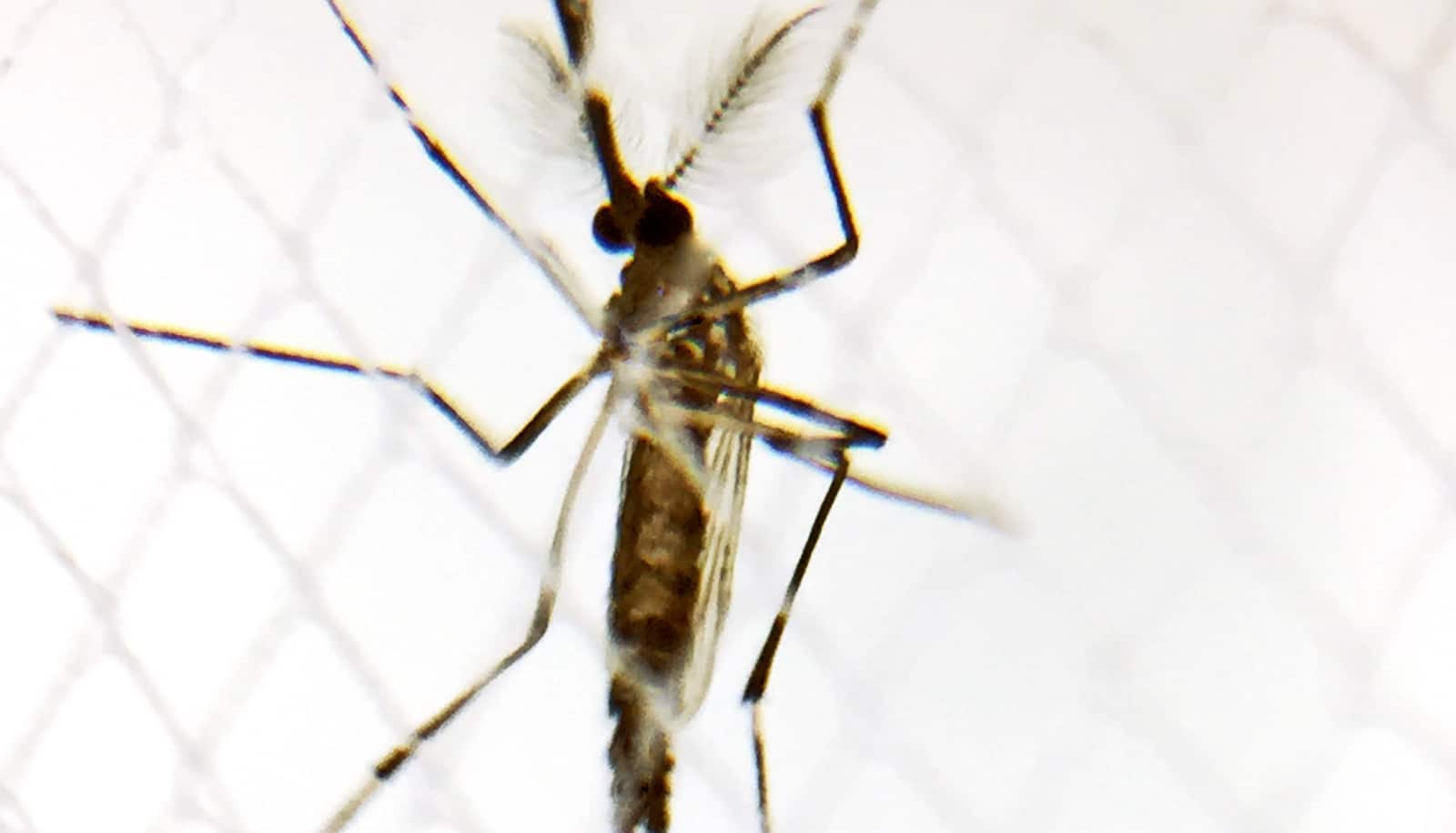Researchers are looking for citizen scientists to contribute to Abuzz, a monitoring platform designed to produce the most detailed global map of mosquito distribution.
Almost anyone from around the world can take part in the work—all you need is a cellphone to record and submit the buzz of a mosquito.
More than mere pests, mosquitoes can carry deadly diseases, including malaria, yellow fever, dengue, West Nile virus, chikungunya, and Zika. Diseases spread by mosquitoes result in millions of deaths each year, most often in places with the fewest resources.
“We could enable the world’s largest network of mosquito surveillance—just purely using tools that almost everyone around the world now is carrying in their pocket,” says Manu Prakash, assistant professor of bioengineering and senior author of the paper in eLife.
“There are very limited resources available for vector surveillance and control and it’s extremely important to understand how you would deploy these limited resources where the mosquitoes are.”
Think before you swat
With enough contributions from citizen scientists around the world, Abuzz could create a map that tells exactly when and where the most dangerous species of mosquitoes are most likely to be present. And that could lead to highly targeted and efficient control efforts.
Abuzz is designed work off recordings from almost any model of cellphone.
“If you see a mosquito and you swat it, you’ve saved yourself an itch for one day. But if you see a mosquito and you record it and you send the data to the Abuzz project, then you’ve potentially contributed to an effort that can reduce the burden of mosquito-borne disease for many generations in the future, hopefully,” says graduate student Haripriya Mukundarajan, the paper’s lead author.
Abuzz is a low-cost, fast, easy way to gather an incredible amount of new data about mosquitoes. Contributing to the research is as simple as holding a cellphone microphone near a mosquito, recording its hum as it flies, and uploading the recording to the Abuzz website. The researchers take the raw signal, clean up the audio to reduce background noise, and run it through an algorithm that matches the particular buzz with the species that is most likely to have produced it.
Once the match is found, researchers will send the person who submitted the recording information about the mosquito they found and mark every recording on a map on the website, showing exactly where and when that mosquito species was sighted.
Mosquito sound library
Mosquito species can be differentiated by the frequency of their wingbeats, which is what produces their characteristic whine. Knowing this, Prakash and his team created a mosquito sound library, organized by species, which powers the matching algorithm.
Overall, the researchers captured about 1,000 hours of mosquito buzzing from 18 lab-reared and two wild mosquito species, all of which were relevant to human health.
How mosquitoes get away before you can slap them
Recognizing that people who could benefit most from Abuzz may not have access to the latest smartphones, the platform was designed so it can work off recordings from almost any model of cellphone. Most of the data they focused on in the study was recorded on a $20 clamshell-style cellphone from 2006.
Further simplifying the process, the Abuzz algorithm has worked using as little as one fifth of a second of sound—although recordings that are a second or longer are the most desirable. Such basic requirements mean that merely recording near a mosquito just as it takes off from a surface is enough to create an Abuzz-worthy recording.
The researchers ran a field test with 10 local volunteers in a village in Ranomafana, Madagascar in 2016. It took about 10 minutes to train them. The next day, they returned with 60 recordings that spanned three hours.
Citizen scientists now do more than collect data
“It was very easy to tell people what to do and people were very eager to participate,” says coauthor Felix Hol, a postdoctoral research fellow who helped conduct the field study. “Just 10 minutes of training and they could actually produce a lot of very usable data. That was a very beautiful experience for me.”
For any of the grandest aims of Abuzz to be possible, it needs engagement from citizen scientists. Without those contributions, it can’t reach its full potential. The group intends to release an app to facilitate community engagement soon and have already produced detailed training videos.
“What I would love to see is people engaging in the problem,” Prakash says. “Try to join the platform. Record mosquitoes. Learn about the biology. And in that process, you will be supporting the kind of research and scientific data that we and medical entomologists around the world so desperately need and, at the same time, you will be making your own community safer.”
Stanford University, the Stanford Woods Institute for the Environment, the Howard Hughes Medical Institute (HHMI), NWO Rubicon, the National Science Foundation, the Bill and Melinda Gates Foundation, the PEW Foundation, the MacArthur Foundation, the Coulter Foundation, the National Institutes of Health, and the United States Agency for International Development funded the work.
Source: Stanford University



